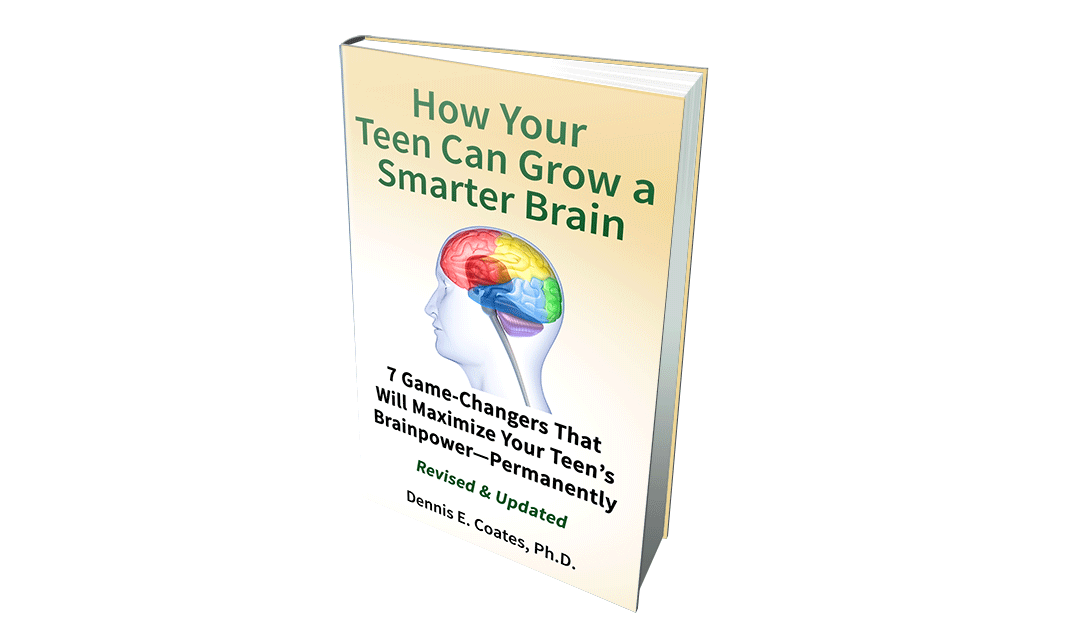As you may have heard, my new book, How Your Teen Can Grow a Smarter Brain, is now available on Amazon. Several people have commented on the title, that “growing a smarter brain” is a clever metaphor for the process of building vital thinking skills. I continue this agricultural imagery within the book with “blossoming” and “pruning” (not my terms, this is the standard language of brain scientists).
I like the gardening theme, too, but in a real sense, the title isn’t a metaphor. At puberty, blossoming launches the second wave of development of the child’s prefrontal cortex (PFC), as hundreds of connector fibers “sprout” from each brain cell. Imagine the branches of a bush sprouting leaves. Then, during the several years of adolescence, as a young person repeatedly exercises thinking skills, brain cells in the PFC connect and insulate, forming circuits that power the skills. Nearby unused connector fibers (dendrites) are slowly pruned away, increasing the efficiency of the circuit. Imagine cutting off some of the branches, shaping the bush so that the remaining branches flourish.
Yes, brain development is like gardening!. The “gardener” is the owner of the bush, the adolescent who needs to exercise thinking behaviors to stimulate growth of the circuits.
 Fascinating! You can learn a lot more about how this works, and how a young person can consciously and deliberately manage the growth of his PFC garden for maximum results in my book, How Your Teen Can Grow a Smarter Brain. The skills are hugely important. This is how a young person can develop the kind of judgment that enables them to avoid the perils of adolescence. This is how they build the kind of intellectual capacity that will empower them after high school and later as they strive in demanding careers.
Fascinating! You can learn a lot more about how this works, and how a young person can consciously and deliberately manage the growth of his PFC garden for maximum results in my book, How Your Teen Can Grow a Smarter Brain. The skills are hugely important. This is how a young person can develop the kind of judgment that enables them to avoid the perils of adolescence. This is how they build the kind of intellectual capacity that will empower them after high school and later as they strive in demanding careers.
But they have to do the work. Skills don’t just magically happen just because a kid needs them. Most of the book is about what a young person can do to make it happen, and how adults can encourage them.

